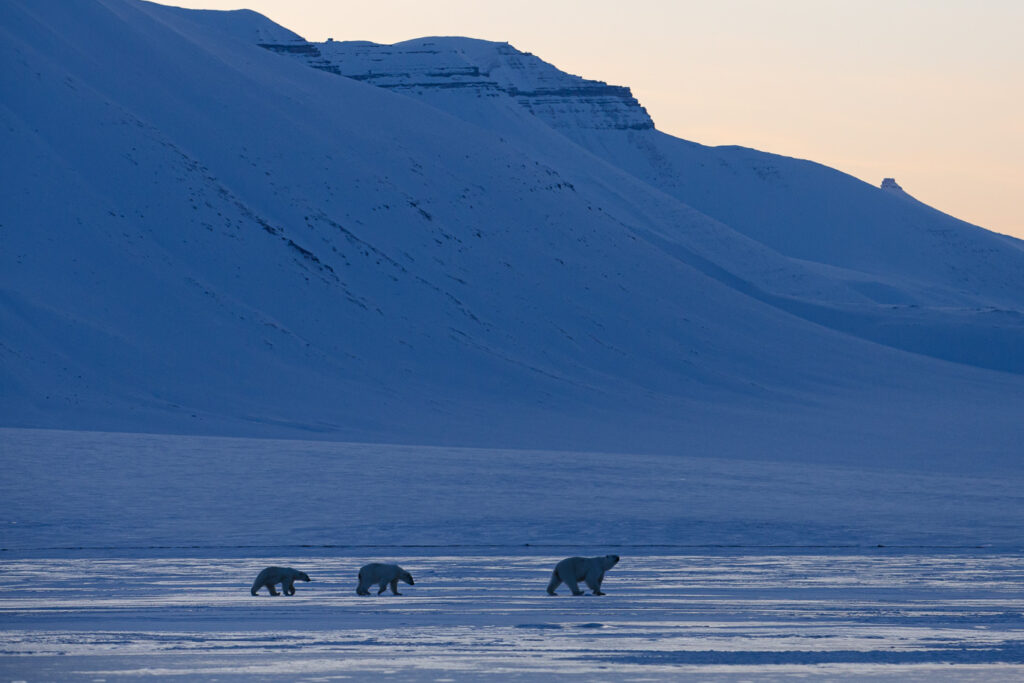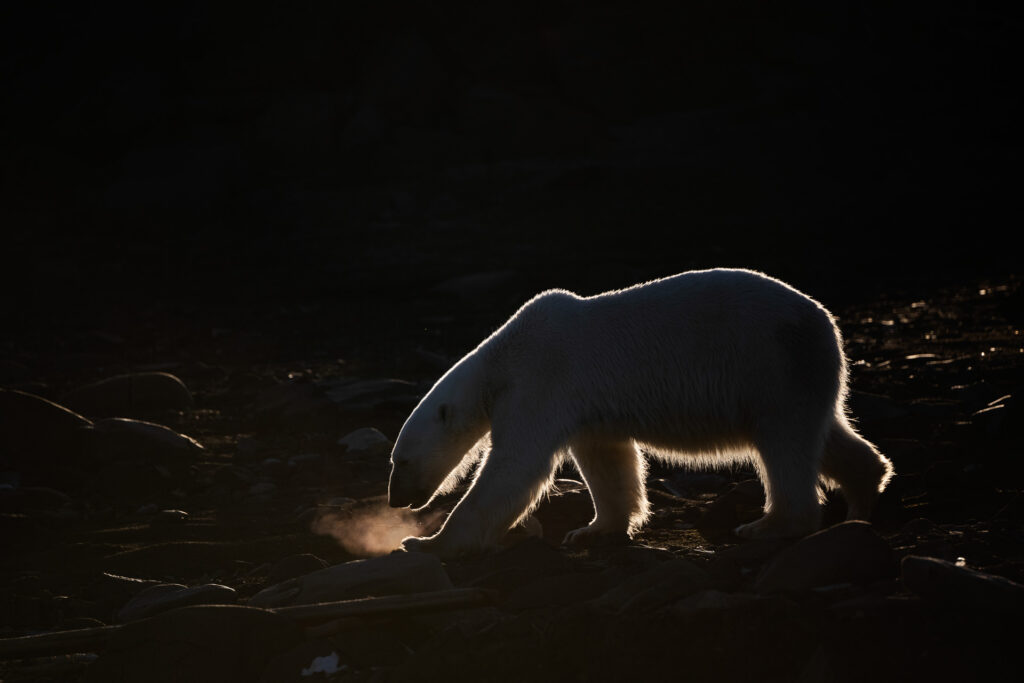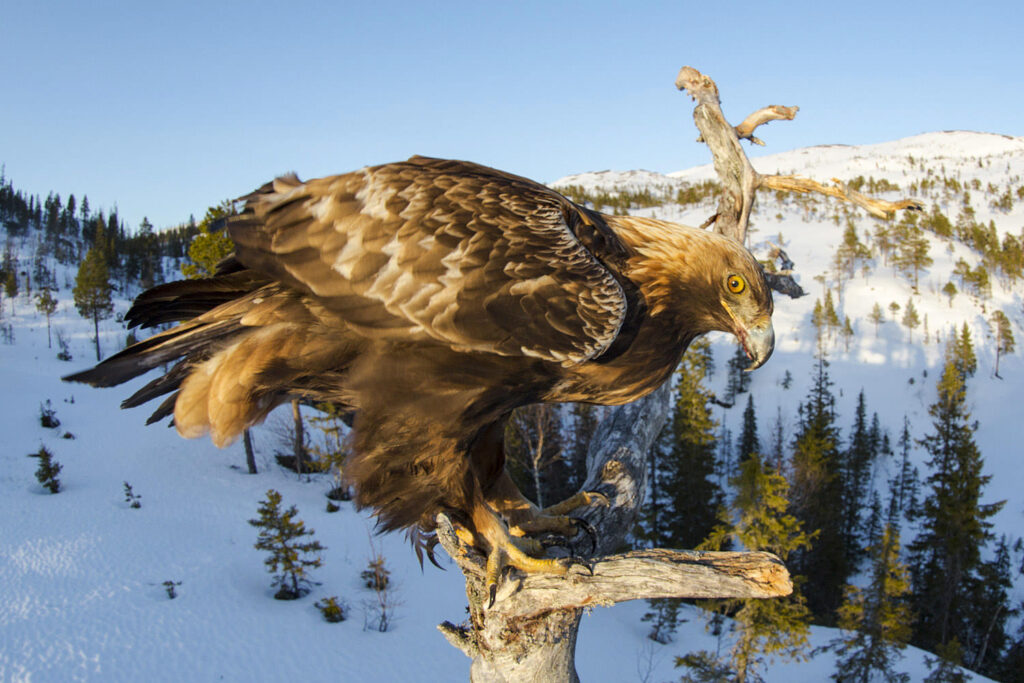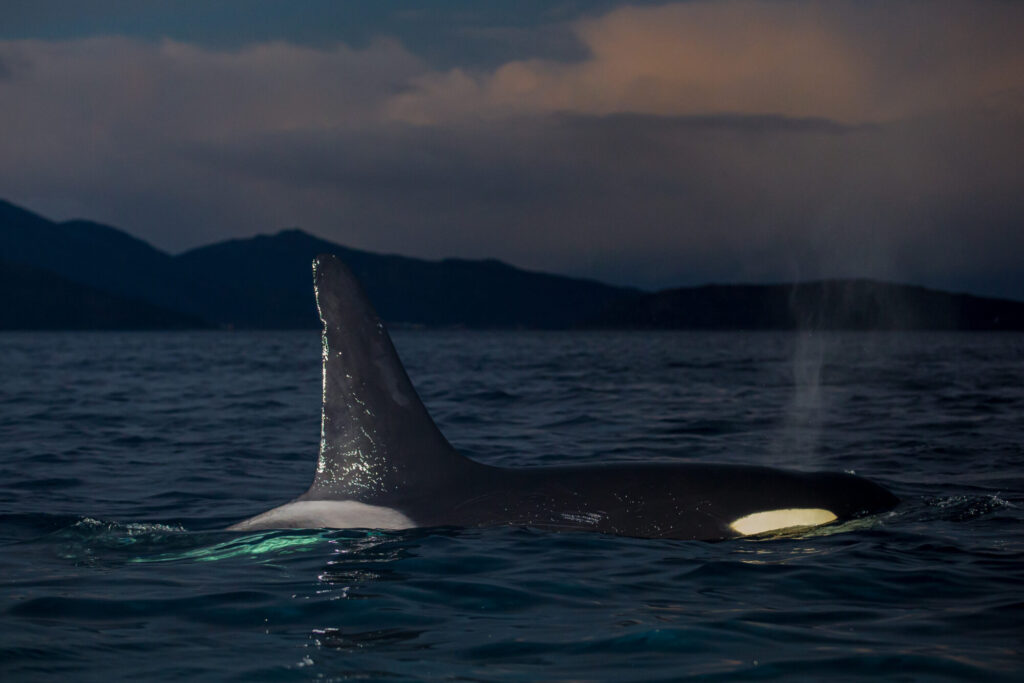The frosty white Winter
Arctic winter season – An Arctic wonderland of frozen ice and enchanting snowscapes
Arctic winter season extends from April to early October, making it the longest season. September - October heralds the arrival of the first snow and soon the whole region is covered by a frosty white blanket that shimmers in the moonlight, providing a reflective canvas as the Northern lights occasionally dances across the Arctic sky, encouraged by the sun's absence. In October its still possible to be out in the field, before the total darkness set in.
During the darkest period, the Polar Night, spanning from November to January, the Arctic becomes challenging to visit. However, as February unfolds, the spectacular lights and weather conditions make the journey worthwhile, provided expeditions are meticulously planned and prepared for, as we always do.
Arctic Winter season showcases a unique aesthetic. The polar bear's fur appears even whiter, while foxes and hares don their winter coats of pristine white. The quality of light during this season is exceptional. It beckons you to embrace the rawness of the high Arctic, with its biting cold and capricious weather conditions. It is undeniably a magnificent time, evoking a sense of vitality that is distinct from the comfort of milder surroundings.
For the wildlife sightings during February, March and April we have huge areas of frozen ice to search. The fjords are frozen, which gives us the possibility to search for wildlife such as polar bears, seals, walruses and maybe Arctic foxes hunting or resting near the ice edges.


Upcoming tours October - April

Arctic Canada photo tours

Frozen Svalbard expedition

Svalbard Autumn ice Expedition

Golden Eagle photo hides 2024-2025
